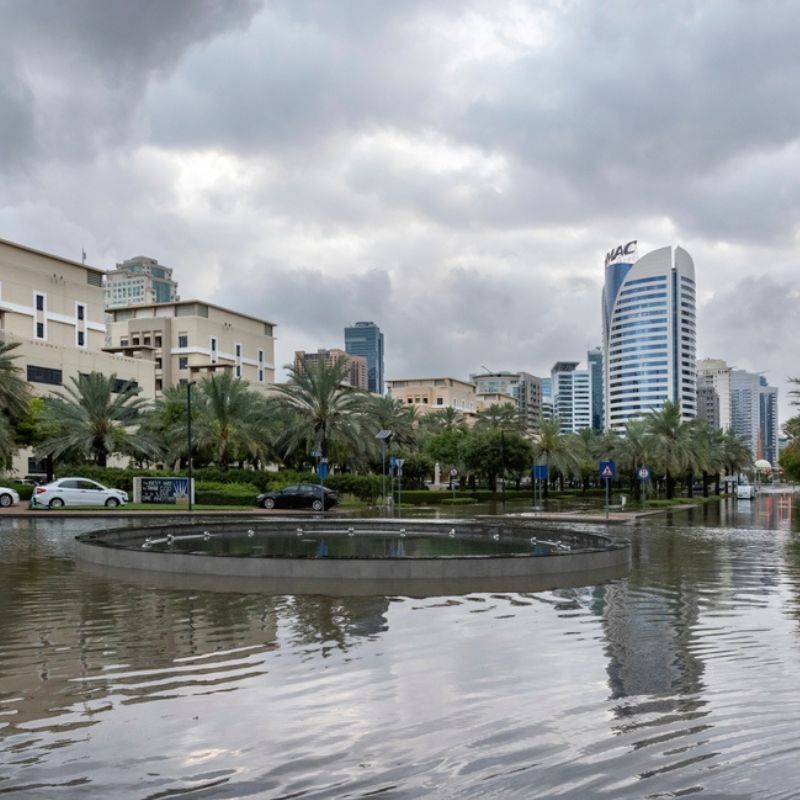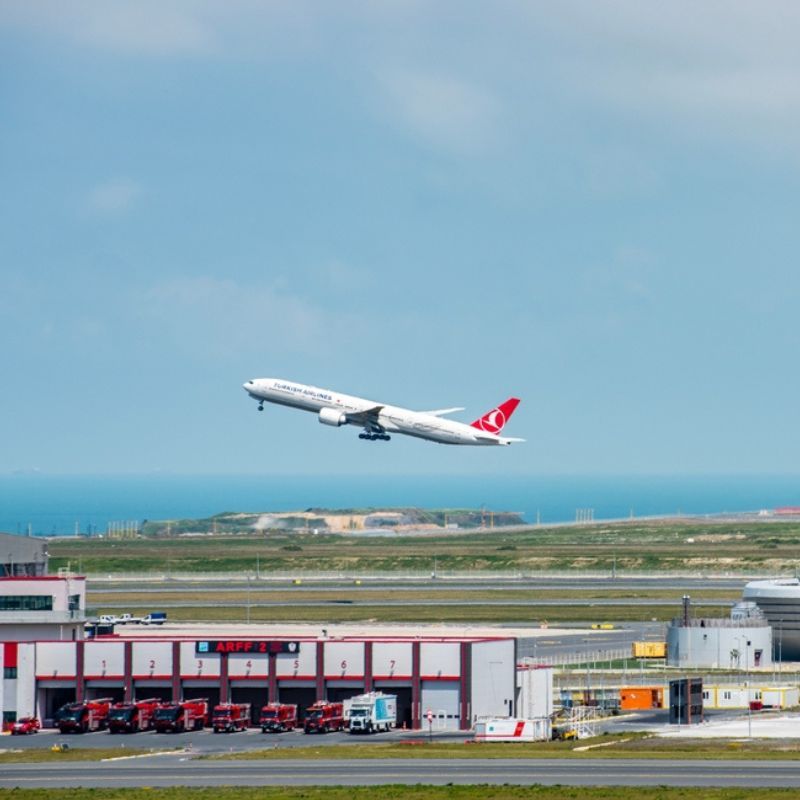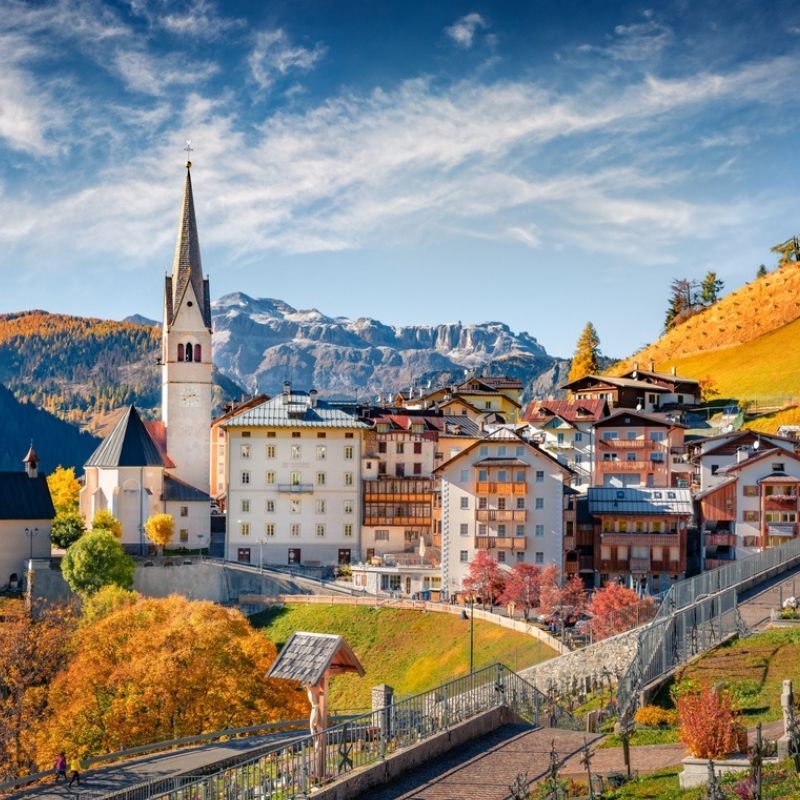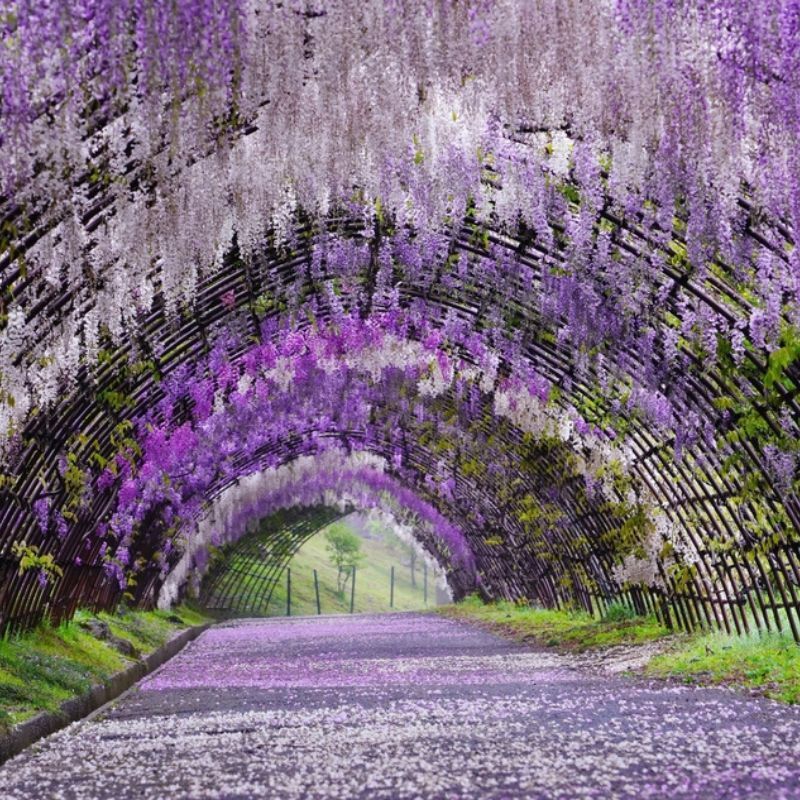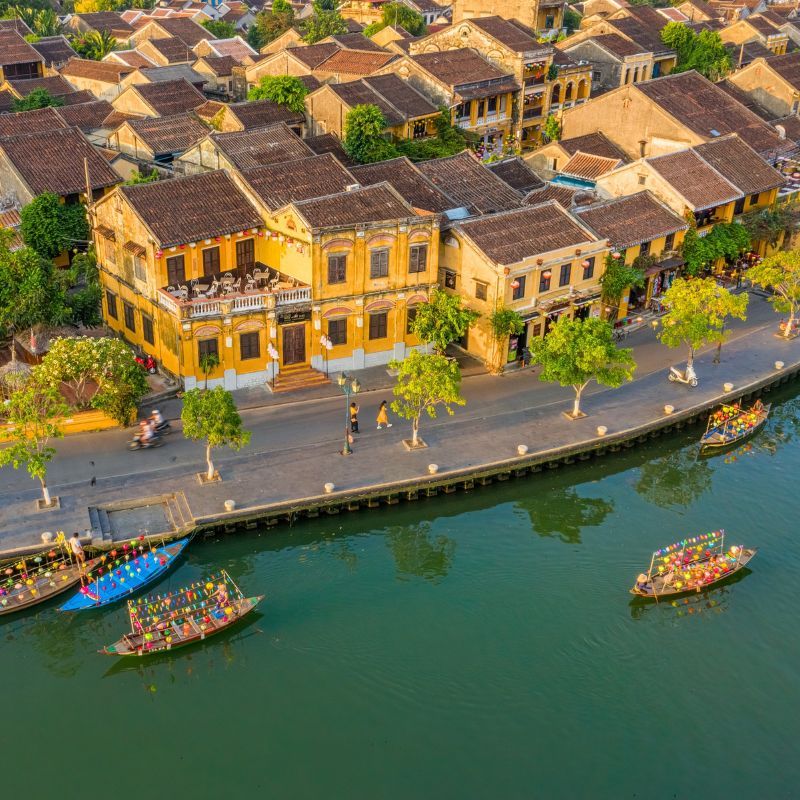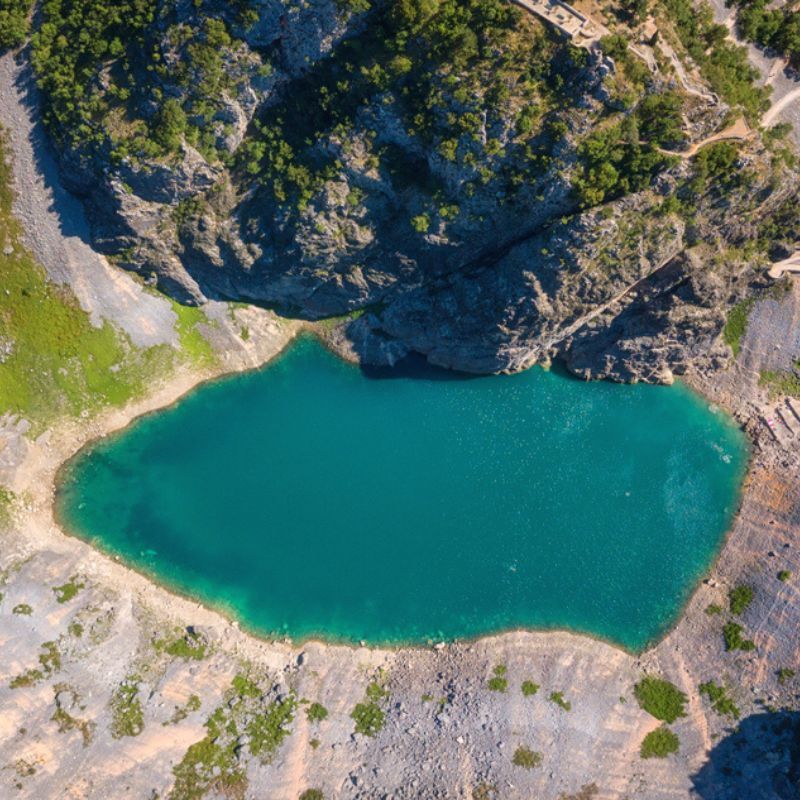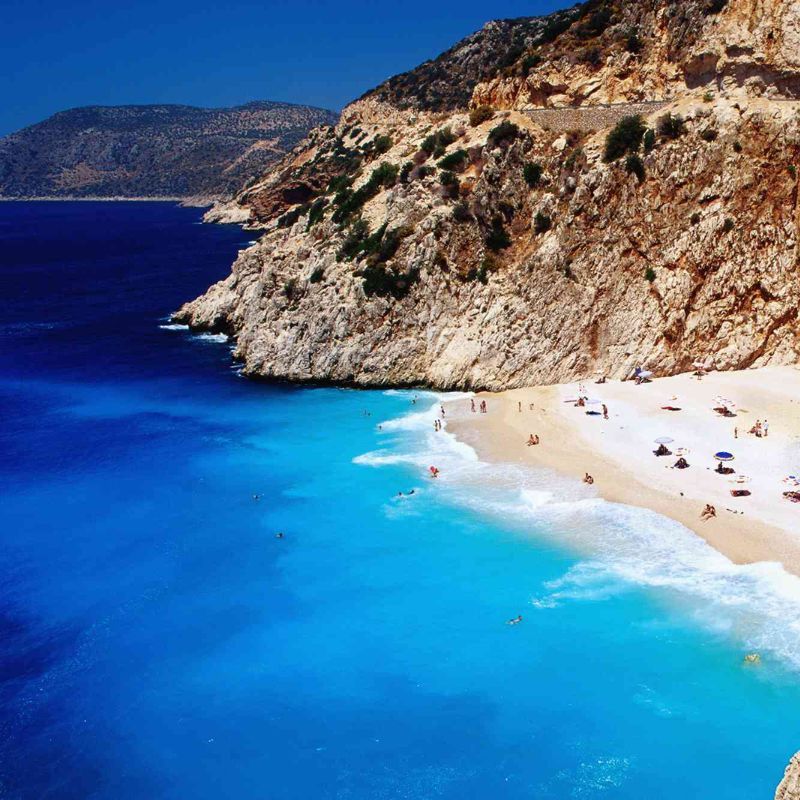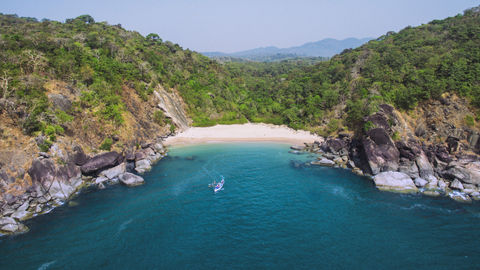
Editor’s note: The global COVID-19 crisis has left each one of us deeply affected and we want to help. Burda Media India has organised a fundraising campaign to #FightBackWithTesting and donating RT-PCR test kits to the worst-affected areas in India, which will be secured from our testing partner Mylab Discovery Solutions. You can help these kits reach many more by donating for the cause or by adopting a kit. Click here to join the fight.
Famed for its palm trees, beaches, and colourful markets — Goa Tourism Ministry plans to transform its charm to revive the industry post nationwide lockdown. By Upasana Singh
Recently, Tourism Minister Manohar Ajgaonkar announced that Goa will have to re-invent its charm and get back to the pristine era of the 1960s. The industry that has been severely impacted by the Coronavirus outbreak needs to get back on its feet with new plans and strategies.
View this post on Instagram
While Chief Minister Pramod Sawant wants to welcome tourists with strict guidelines and standard operating procedures post COVID-19, Ajgaonkar revealed that Goa would solely focus on wealthy tourists, and avoid budget and local-spending travellers.
As reported by Live Mint, “We have to recreate the Goa of the 1960s to kickstart our tourism again. In the 1960s, Goa was beautiful and now in 2020 it is very different with more than eight million visiting tourists,” said the Tourism Minister.
In the 16th century, Goa was invaded by the Portuguese who controlled the state for about 450 years. Goan culture, cuisine, and architecture is thus, heavily influenced by the Portuguese. In the 1960s, the streets of Goa were dotted with foreign luxury cars such as Mercedes and Volkswagen taxis. Foreigners who came to the state enjoyed Dutch cheese and pink salmon.
The Tourism Ministry plans to take Goa to these years of affluence and extravagance. In an official statement, Ajgaonkar stated that tourists who consume drugs, cook on the roads, and are an inconvenience on the beaches, are not wanted. Only tourists who are wealthy and can appreciate Goa for its culture and beauty will be welcomed in the future.
View this post on Instagram
With its coastline stretching along the Arabian Sea, the western state of India was put on the international tourism list by the hippies in the late 1960s. For several decades, backpackers were known to descend here from all around the world. Since 2007, with the introduction of liberal licensing in the casino industry, tourist footfalls immensely jumped from two million a year to nearly eight million in the 2019-20 season. However, the state infrastructure has not been able to keep its pace with an increase in arrivals and growing demand.
Due to the global pandemic and the subsequent travel restrictions, Goa’s tourism industry has to start from ground zero. The leading beach and nightlife destination of India has been declared a COVID-free green zone but precautions and measures are being taken since it is surrounded by Karnataka and Maharashtra, which have a high number of confirmed Coronavirus cases.
Related: This Is How Goa Government Is Ensuring The State Remains COVID-19 Free


